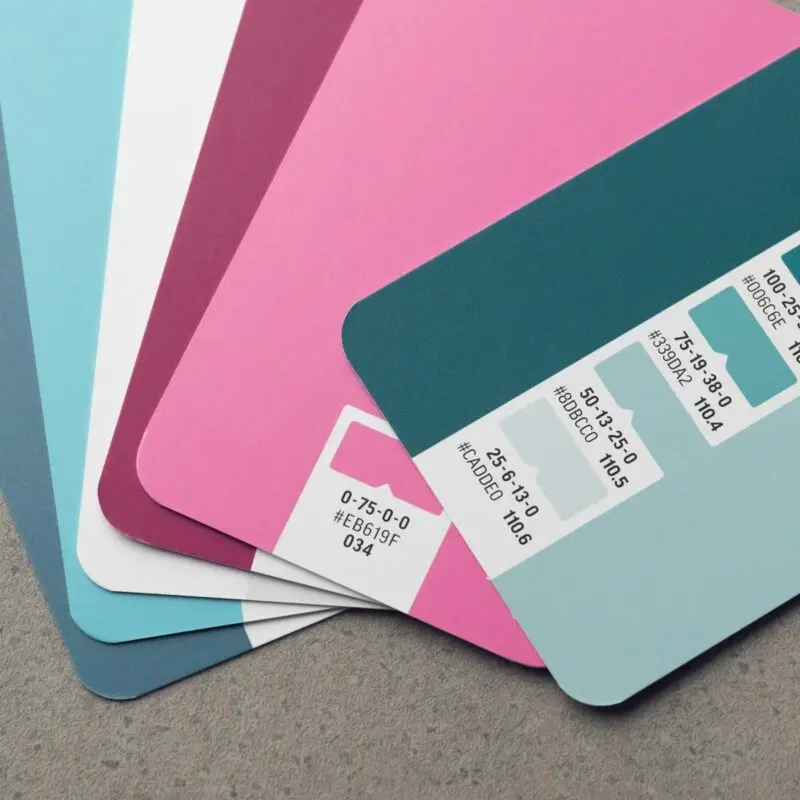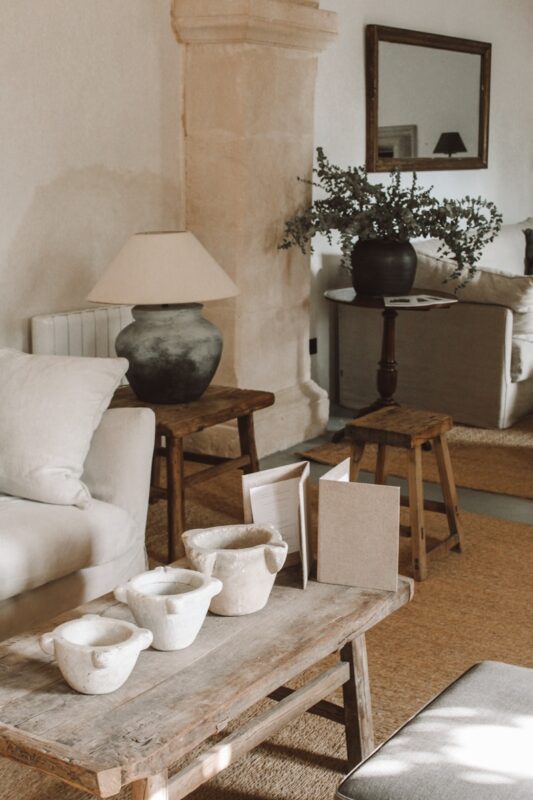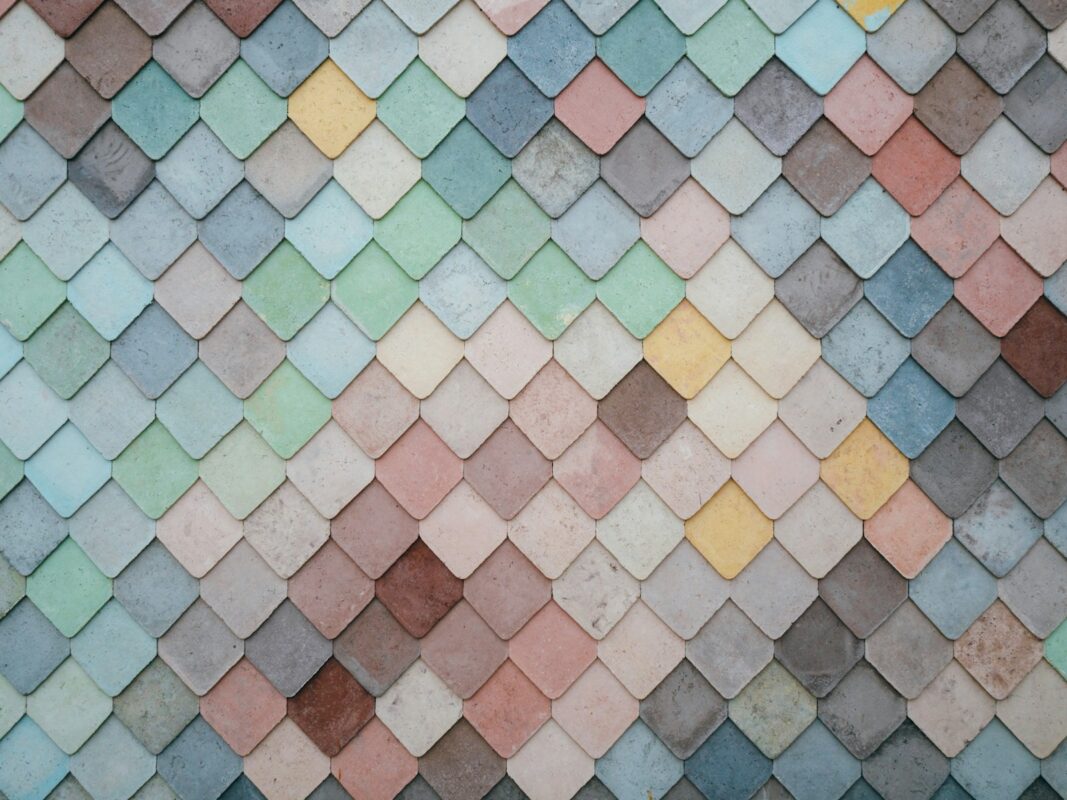The Art of Colour in Interior Design: Creating Harmonious Spaces

Colour plays a fundamental role in interior design, as it has the power to influence our emotions, perceptions, and overall experience within a space. Whether it’s a cozy bedroom, a vibrant living room, or a serene workspace, the choice of colours can transform any environment into a reflection of your personal style and purpose. In this blog post, we’ll explore the significance of colour in interior design and offer insights into how to effectively incorporate colours to create harmonious and visually appealing spaces.
Understanding the Psychology of Colour
Colours have the ability to evoke emotions and feelings, making it essential to choose them thoughtfully based on the atmosphere you want to create. Here’s a brief overview of how different colours can impact a room:
- Warm Colours: Shades of red, orange, and yellow are known for their warmth and energy. They can make a space feel cozy and inviting. However, intense warm colours can also be overwhelming if not balanced properly.
- Cool Colours: Blues, greens, and purples are considered cool colours that evoke a sense of calmness and tranquility. They are often used in spaces where relaxation is key, such as bedrooms or bathrooms.
- Neutrals: Whites, greys, and beige are neutral colours that provide a versatile backdrop for other accent colours. Neutrals can create a sense of sophistication and timelessness.
The Role of Colour in Different Spaces
Each room in your home serves a unique purpose, and the choice of colours can enhance its functionality and ambiance:
- Living Room: This is often the heart of the home, where vibrant and neutral colours can come together. Warm tones can create an energetic and social atmosphere, while cool tones promote relaxation.
- Bedroom: Bedrooms should prioritise tranquility and comfort. Soft pastels, calming blues, and muted tones work well to create a serene environment conducive to rest.
- Kitchen: Kitchens can benefit from a mix of functional and inviting colours. Bright, cheerful colours can stimulate appetite, while earthy tones offer a sense of warmth and comfort.
- Home Office: Productivity and focus are key in a home office. Opt for soothing colours with a pop of energising accent colours to strike the right balance.
Colour Schemes and Combinations
Choosing the right colour scheme is crucial for achieving a cohesive look throughout your interior. Here are some popular colour schemes:
- Monochromatic: This scheme involves using various shades of a single colour. It creates a sophisticated and harmonious look without overwhelming the space.
- Analogous: Analogous colours are located next to each other on the colour wheel, such as blue and green. They provide a seamless transition and a pleasing visual flow.
- Complementary: Complementary colours are opposite each other on the colour wheel, such as blue and orange. They create a dynamic contrast and can make certain elements stand out.
Tips for Successful Colour Implementation
- Start with a Base: Begin with a neutral or foundational colour that sets the tone for the space. This can be applied to walls, large furniture pieces, and flooring.
- Use Accent Colours: Incorporate accent colours in smaller doses through accessories, textiles, and decor items. These accents add visual interest without overwhelming the space.
- Consider Lighting: Lighting can affect how colours appear in a room. Natural light showcases colours differently than artificial light, so consider this when choosing paint and decor.
- Create Balance: Achieve balance by distributing colours throughout the space. If you have a bold colour on one wall, balance it with neutral or complementary colours in other elements.
Colour is a powerful tool that can shape the atmosphere, mood, and overall aesthetics of an interior space. By understanding the psychology of colour, choosing appropriate colour schemes, and implementing colours thoughtfully, you can create harmonious interiors that reflect your personal style and cater to the intended purpose of each room. Whether you’re aiming for a serene oasis or an energetic living space, the art of colour in interior design offers endless possibilities for creative expression.



